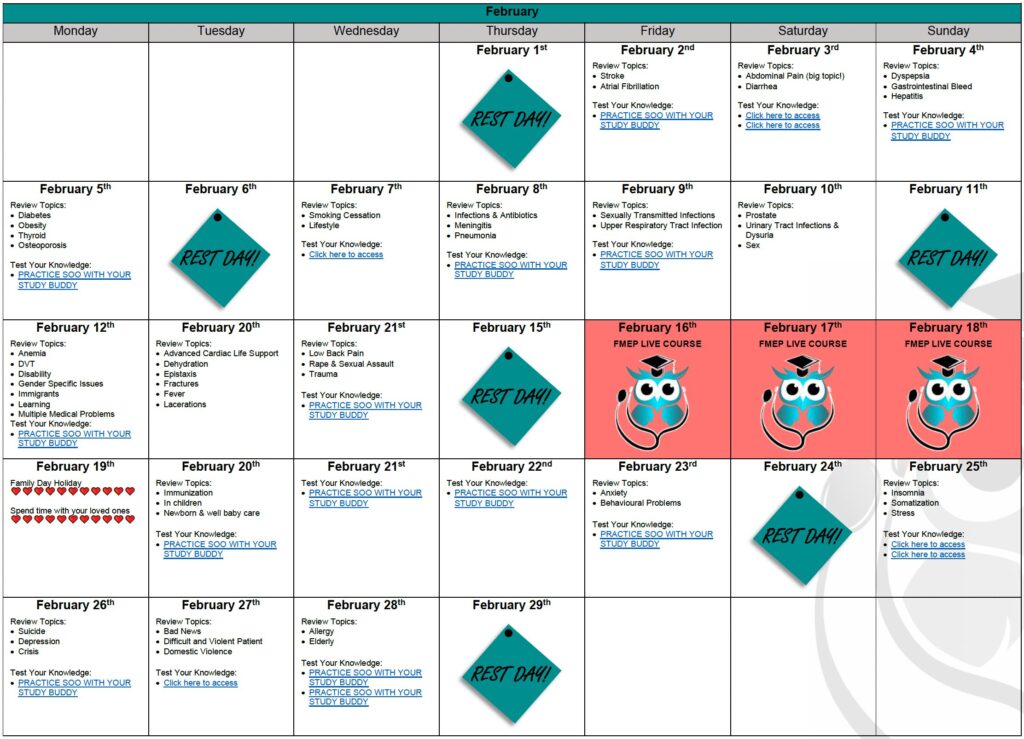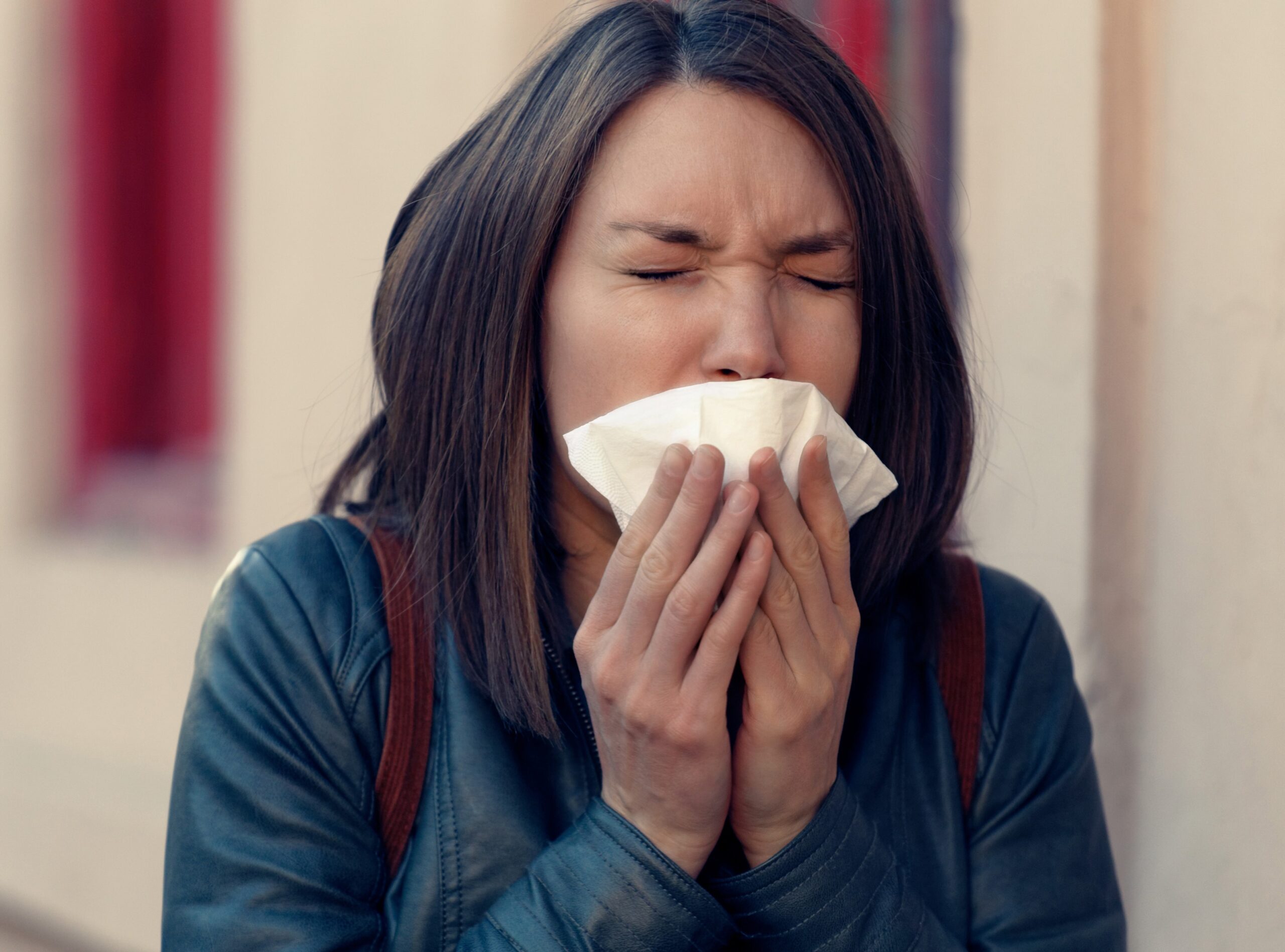
YOUR DETAILED CCFP EXAM STUDY CALENDAR: BE PREPARED!
The CCFP exam is quickly approaching. We know you are juggling many personal and professional...
Comments Off on YOUR DETAILED CCFP EXAM STUDY CALENDAR: BE PREPARED!
Just a reminder… pay attention to the questions. Here are our general tips one more time:
1. Pay attention to the questions. Look carefully at how many items you are being asked to list. If the question asks for five items, you will not get more marks if you list eight items; the examiner will look at the first five and allocate marks only for the first five answers – so be careful. On a SAMP, if it is not clearly stated how many items you should list, look at the amount of points/marks being allocated for the question to get an idea of how many answers the examiner may be anticipating you write down.
2. Do not write lengthy answers. Most questions can be answered in 10 words or less!
3. Be specific when writing down investigations (hemoglobin instead of CBC; CT abdomen instead of CT).
4. Remember that trade names and generic names are both acceptable when writing down medications.
5. For more helpful tips, you can refer to CCFP’s SAMP instructions by clicking here.
SAMP
The Long and Short of Long-COVID in Adults (5 points)
1. True or false: Fatigue and post-exertional malaise related to COVID-19 should be treated with structured activity and energy conservation strategies. (1 point)
2. True or false: People with sleep disturbances related to Long-COVID can receive counselling and medication. (1 point)
3. True or false: Breathing exercises, body positioning, and pulmonary rehabilitation are not recommended for Long-COVID. (1 point)
4. True or false: Persisting hypoxemia is commonly seen in Long-COVID. (1 point)
5. True or false: Cardiac dysautonomia has been associated with Long-COVID. (1 point)
Helpful CMAJ Resource:
https://www.cmaj.ca/content/195/2/E76